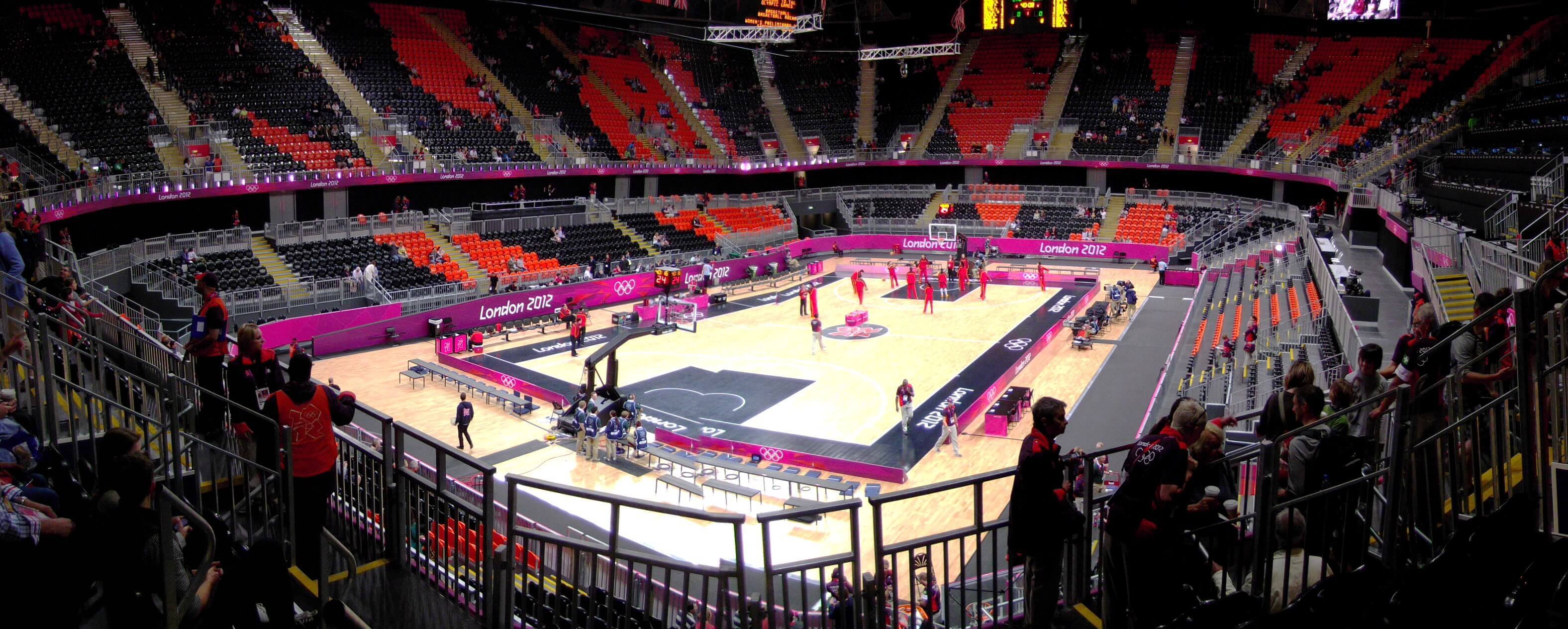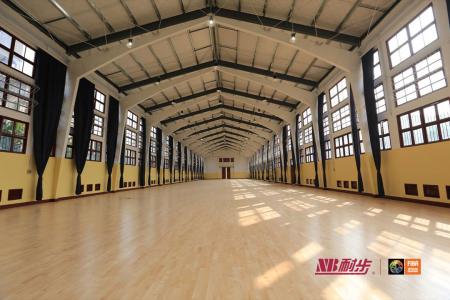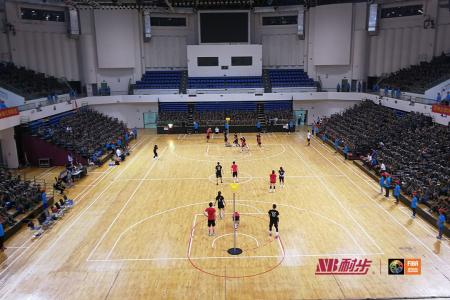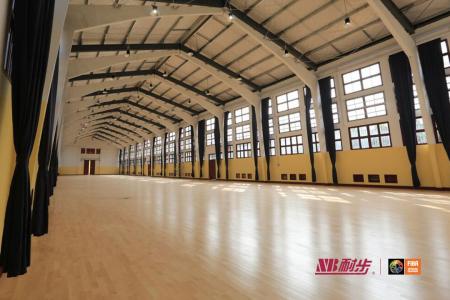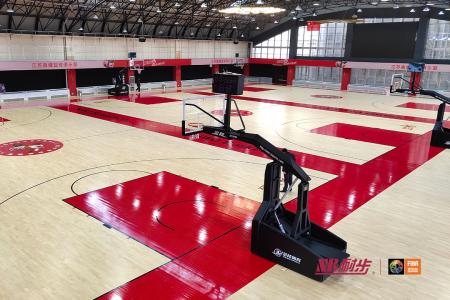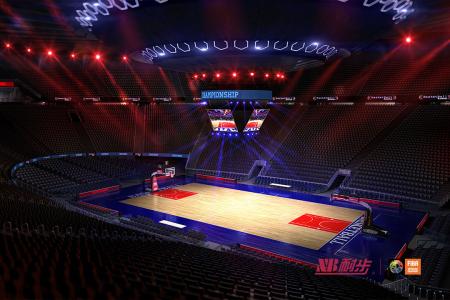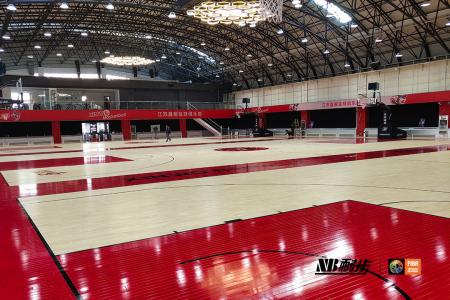Detailed explanation of the performance standards and importance of sports wood flooring

In the construction of modern sports venues, wooden flooring is an important venue material, and its performance standards directly affect the performance of athletes and the safety of sports. With the rapid development of the sports and fitness industry, the demand for wooden flooring continues to increase, so understanding the performance standards of sports wooden flooring not only helps venue managers optimize the venue, but also allows athletes to get the best experience when training and competing.
1. Material selection for sports wooden flooring
Sports wooden floors generally use high-quality solid wood, composite wood, etc. as the main materials. Common materials include maple, oak, pine, and plywood. When choosing wooden flooring, you should pay attention to the following aspects:
1. Hardness: The hardness of wooden flooring directly affects sports performance. Too much stiffness can lead to injuries, while too little stiffness can affect an athlete's running and jumping. Therefore, choosing the right hardness is key to ensuring sports safety and performance.
2. Elasticity: Good elasticity can effectively reduce the impact of athletes during exercise and reduce injuries to knee and ankle joints. Sports wooden floors generally adopt reasonable elastic structure design to achieve the best shock absorption effect.
3. Stability: The stability of wood is related to the service life and sports performance of the floor. High-quality wood should have good resistance to moisture, moisture and deformation to adapt to different climate conditions and venue environments.
2. Performance standards for sports wood flooring
For sports wood flooring, the country and the industry have formulated a series of performance standards to ensure its applicability and safety. The following are some important performance standards:
1. Wear resistance: The surface layer of sports flooring should have good wear resistance, which not only affects the service life of the floor, but also affects the performance of athletes. The commonly used friction coefficient test method can effectively evaluate its wear resistance, and the standard value should comply with the specifications of the International Basketball Federation (FIBA) or the International Volleyball Federation (FIVB).
2. Impact absorption capacity: According to international standards, there are also clear regulations on the impact absorption capacity of sports wood floors. Testing typically uses a standard weight drop test to evaluate the performance of the flooring in high-impact situations to ensure it can effectively protect athletes.
3. Sliding resistance: Appropriate sliding resistance can prevent athletes from slipping during fast movements. According to different sports, the sliding resistance requirements of wooden floors are also different. For example, basketball court floors typically require higher friction, while dance and gymnastics surfaces require lower friction.
4. Environmental protection performance: As people’s awareness of environmental protection increases, the environmental protection performance of sports wood flooring has become an important focus. Flooring materials should be non-toxic,Hazardous standards ensure that no harmful substances will be released during use and protect the health of athletes.
3. Laying standards of sports wooden flooring
The laying quality of wooden flooring directly affects its performance and use effect. Professional laying standards include:
1. Flatness: The flatness of floor laying is an important indicator of the performance of sports wood flooring. During the laying process, professional measuring tools must be used to ensure that the ground is flat to avoid stumbling and falling during exercise.
2. Seam treatment: High-quality seam treatment can improve the overall stability of the floor and prevent cracking caused by expansion or contraction of the floor. The glue at the joints should use high-strength environmentally friendly glue to ensure good adhesion.
3. Surface treatment: The surface treatment of wooden flooring not only affects the appearance, but also directly affects its wear resistance and anti-slip properties. Surface treatment processes such as paint and paint film are usually used to enhance its wear resistance and moisture resistance.
4. Maintenance and maintenance of sports wooden floors
Good maintenance and upkeep can extend the service life of sports wooden floors and ensure their stable performance. The following are some basic maintenance suggestions:
1. Regular cleaning: Sweep and wet mop the floor regularly to avoid the accumulation of dust and debris, which not only affects the appearance of the floor, but may also cause safety hazards to athletes.
2. Avoid placing heavy objects on the floor: In daily use, try to avoid placing heavy objects on the wooden floor for a long time to prevent the floor from deforming or causing scratches.
3. Regular inspection: Check the wooden floor regularly and repair any problems in a timely manner. Wear in specific parts should be partially replaced or repaired in time.
5. Conclusion
A comprehensive understanding of the performance standards of sports wooden flooring can not only help venue managers choose appropriate materials and laying plans, but also provide athletes with safer Comfortable sports environment. Through reasonable maintenance and upkeep, ensure that the wooden floor is always kept in the best condition, creating ideal training and competition conditions for athletes. In the future, with the development of science and technology, sports wood flooring will continue to improve in terms of performance, environmental protection and comfort, and better meet the needs of different fields and users.

